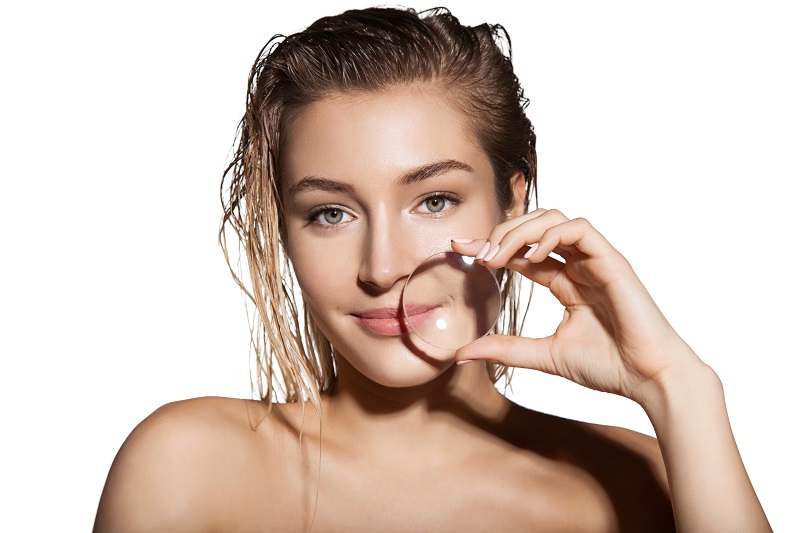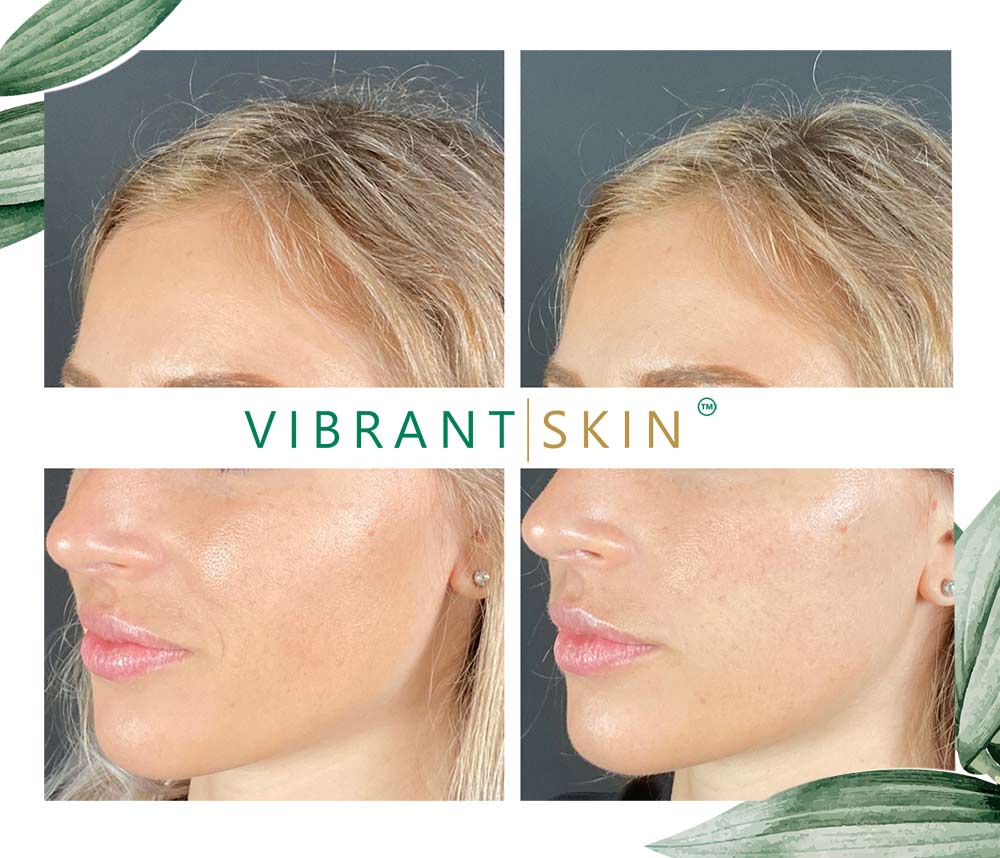Nasolabial folds are one more reminder of aging. They are prominent lines that run from the sides of the nose to the corners of the mouth, making us look older. They pull the skin down, creating an angry or sad appearance.
Nasolabial folds appear in our 20s or 30s and deepen as we age because our skin loses the collagen and elastin that keep it smooth and plump. They may be more prominent if you smoke, excessively expose your skin to UV rays, don’t get enough sleep, or have severe weight fluctuations.
Fortunately, there’s a quick and easy fix for nasolabial folds – dermal fillers. Here, we’ll explain how they work and what you can expect from the procedure.

What Are Nasolabial Fold Fillers?
Nasolabial fold fillers are a quick, minimally invasive cosmetic treatment that requires little preparation and no downtime. It involves injecting FDA-approved compounds into the area around the mouth and nose. The injectable contains a skin-volumizing substance such as hyaluronic acid, poly-l-lactic acid, or calcium hydroxylapatite.
As we age and lose collagen and elastin in the skin, fat pads shrink and droop, and bone resorption occurs. When this happens, there is less support in the cheek and nasolabial folds appear.
Medical professionals correct the problem look by bracing the cheek with deep dermal filler injections in the cheek and pyriform aperture (the pear-shaped nasal opening in the skull). The results are natural-looking and quickly apparent.
How Do They Work?
Your chosen filler provider first determines whether you are a good candidate for the procedure. They’ll examine your medical history and the lines around your mouth.
The medical provider starts the procedure by cleaning the treatment area. Many nasolabial fold fillers contain lidocaine, but if you have a low pain threshold, you will receive a topical numbing cream on the treatment area.
Your provider injects the filler into the cheeks and pyriform aperture to act as support for the nasolabial fold and cheek. Small amounts of soft, flexible filler are also placed directly into the fold to soften the actual lines.
The injection process lasts about 15 minutes. The provider then massages the area to ensure no lumps form and instructs you how to behave in the following weeks.
Note: Find out how Botox and fillers are different.
Before and After Nasolabial Fold Fillers
Patients who receive fillers for nasolabial folds experience plumping of the cheeks and the area around the mouth. The wrinkles spreading from the nose to the mouth won’t disappear, but the treated area will be lifted and appear smoother, resulting in a more youthful look.

Nasolabial Fold Fillers Benefits
Expect to see the following results from nasolabial fold fillers:
- Minimized appearance of wrinkles at the sides of the mouth
- Fuller cheeks
- Plumper skin around the mouth
- Rejuvenated skin in the treatment area
- Natural-looking and long-lasting results
These benefits come with minimal pain and no downtime.
Nasolabial Fold Fillers Treatment
Dermal fillers are a safe, routine beauty procedure, but first-time patients are usually concerned about the pain level, potential side effects, and the longevity of results. Here we answer frequently asked questions about the treatment.
Is the Treatment Painful?
Dermal fillers for nasolabial folds such as Juvéderm Voluma and Restylane Lyft typically contain lidocaine which numbs the pain. Patients can also request a topical numbing cream to ensure no pain or discomfort during the treatment.
How Many Doses Do You Need?
The amount of filler needed to correct nasolabial folds depends on the state of the patient’s skin and the type of dermal filler used.
Hyaluronic acid-based products like Juvéderm and Restylane typically require one or two syringes of the product injected during one session. The results last up to 18 months.
Radiesse (calcium hydroxylapatite) requires two or three syringes injected during one session, and the results can last up to 24 months.
Sculptra (poly-l-lactic acid) typically requires one or two vials and two or three sessions. The results last up to 24 months.
Note: Learn how the two HA-based fillers, Juvéderm and Restylane, differ.
Nasolabial Fold Fillers Side Effects
The side effects of the treatment are mild and quickly resolve on their own. The most common side effects are bruising, swelling, redness, and itching at the injection site.
Rare and more severe side effects include:
- Allergic reactions
- Infection
- Scarring
- Impaired vision
- Stroke
If you experience a severe side effect, call or visit your medical provider.
Nasolabial Fold Fillers Cost
The cost of nasolabial fold fillers depends on the patient’s skin concern and the location and expertise of the medical provider.
At Vibrant Skin Bar, we offer all FDA-approved injectables for nasolabial folds. Our medical experts often use Juvéderm Voluma, which costs $850 per syringe, and Restylane Lyft, which costs $749 per syringe.
Radiesse costs $749 per syringe, and Sculptra costs $900 per vial.
Nasolabial Fold Fillers Aftercare
After the filler treatment, follow these tips to minimize the chance of bruising, swelling, and other potential side effects:
- Avoid applying makeup for four hours.
- Don’t engage in any strenuous physical activity for 24 hours.
- Avoid the sun and sources of heat such as tanning beds, saunas, hot yoga, etc., for one week.
- Avoid alcohol for 24 hours.
- Don’t apply pressure to the treatment area for six hours.
- Avoid facial treatments for two weeks.
Note: Find more information about how to take care of your skin after dermal fillers.
Conclusion
Nasolabial folds are a common sign of aging and dermal fillers are a convenient way to reduce their appearance and help you enjoy a youthful look. The above information can help you decide if this is the right treatment for you.


